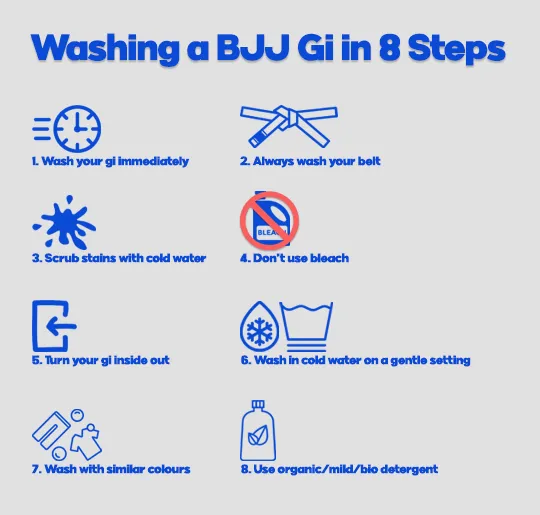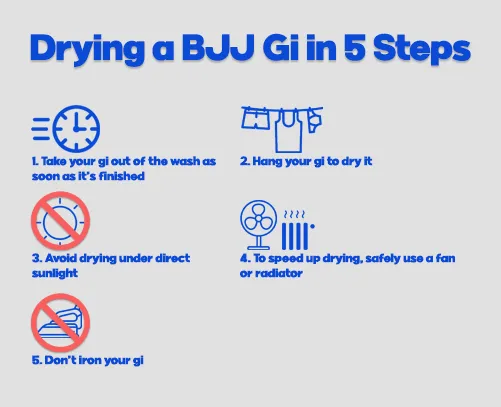Curriculum
- Where can I find the Technique videos?
- How is our Jiu-Jitsu curriculum structured?
- How is the Striking curriculum structured?
- Can my child review the techniques at home?
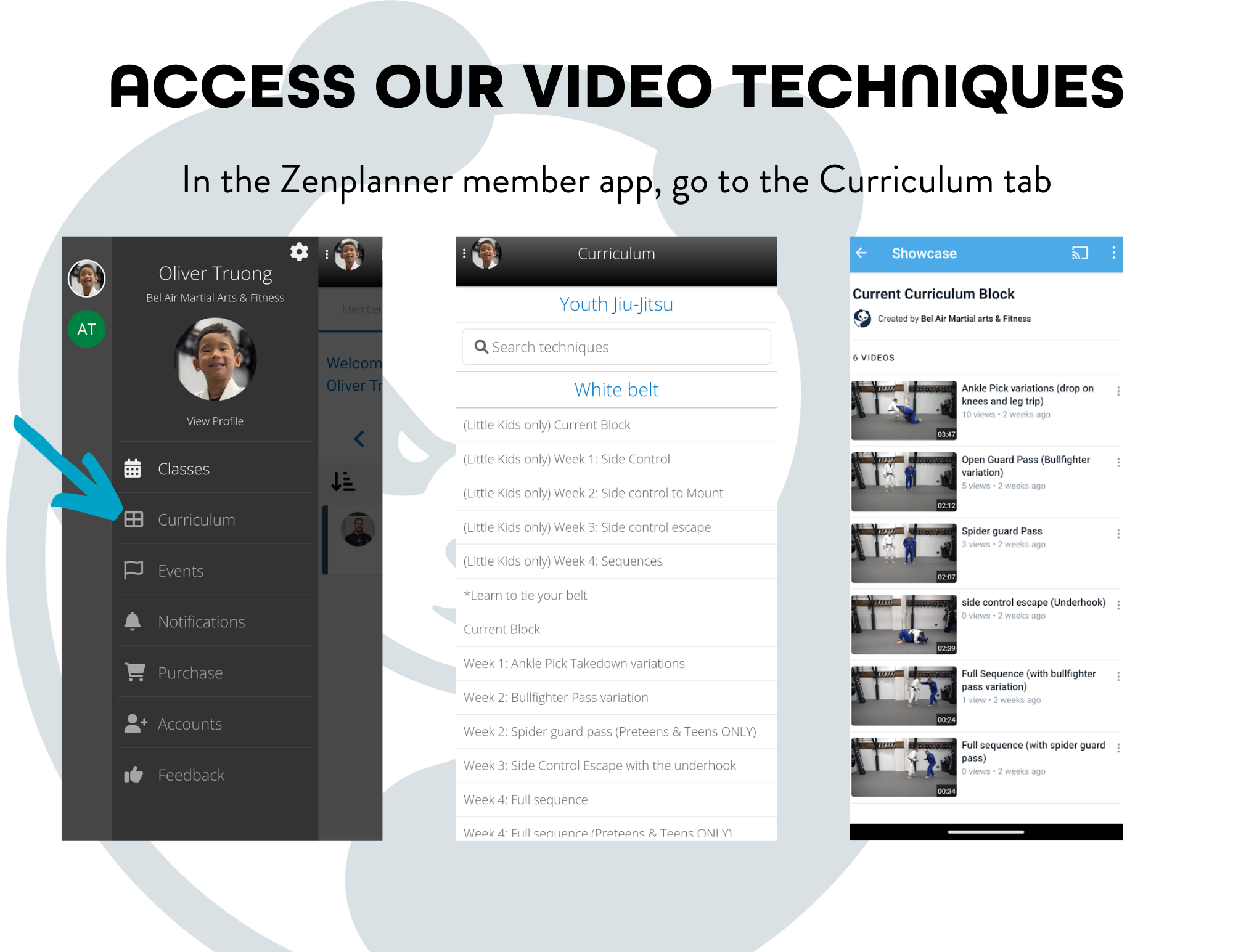
You can also review all the main techniques from the current block directly on our Vimeo page.
Our Jiu-Jitsu curriculum is broken down into 5-week blocks. Each block covers a sequence of techniques. Video recordings of the techniques of the current block are available on our Vimeo channel
Week structure:
- Week 1 usually covers stand-up techniques (usually takedowns)
- Week 2 usually covers position control, position advancement, and submission techniques
- Week 3 usually covers escape techniques
- Week 4 is a test week where students demonstrate the past 3 weeks’ techniques individually and together at a faster pace and with higher resistance from their training partner than the past 3 weeks
- Week 5 covers anti-bully/Self-defense training and competitive sparring
Note: Little Kids program (5-6yo) doesn’t always follow this structure but instead focuses on games that help students build a strong foundation around the main Jiu-Jitsu positions.
Our Striking curriculum is also broken down into 5-week blocks.
Typical week structure:
- Week 1 covers Offense (including clinch and sweep)
- Week 2 covers Defense (block and evasion)
- Week 3 covers Tactical fighting (Counter, feint and footwork)
- Week 4 is test week
- Week 5 covers anti-bully/self-defense training and sparring
Note: Attending striking classes does not go toward a student’s promotion in Jiu-Jitsu. We also do not implement a striking ranking system.
Students are encouraged to review the techniques at home with their siblings or parents as long as it is playful and not forceful
Belt Promotion
- What are the promotion criteria?
- How does testing work?
- How does the belt system work?
- Our Discipline approach
1. To pass, students have to demonstrate all 3 techniques with 80% accuracy and no pause longer than 2 seconds while the other partner gives a 10% resistance
2. Students can receive help in the beginning but then have to demonstrate the technique on their own to pass. The coach can give 1 support prompt when testing.
3. (Updated 5/24) To be eligible for a promotion, students must attend at least 6 classes since their last promotion and within 2 months. It meant that if a student trains once a week, it would take longer to be promoted compared to a student training twice a week.
4. Students are not eligible for promotion if they receive a single discipline call (type 1) during testing class or 2 discipline calls (type 2 or 3) in the past 3 weeks. These calls are tracked on our picture board.
Accommodations for our Panda program
- No pause longer than 4 seconds
- Students can receive help from their training partner the entire time. The coach can give 2 support prompts per technique when testing.
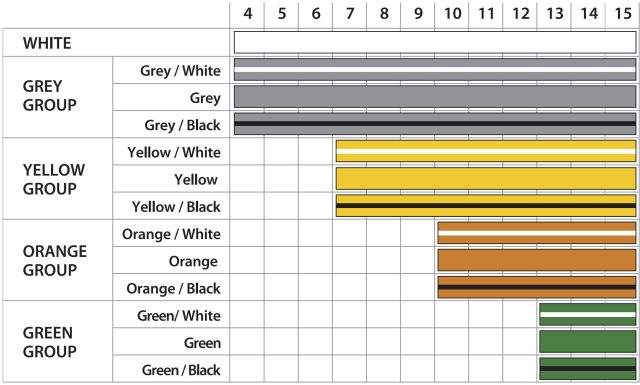
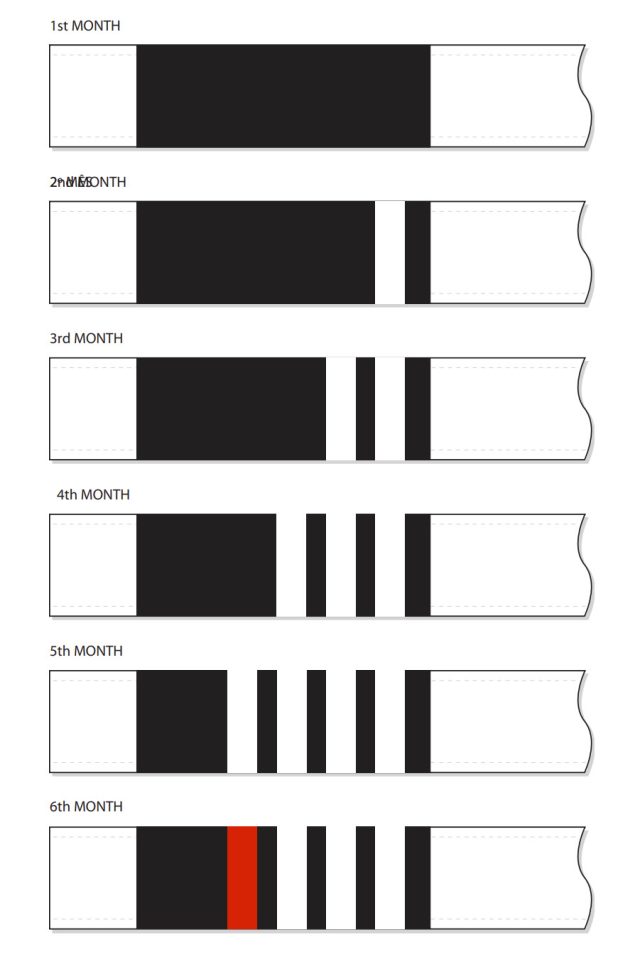
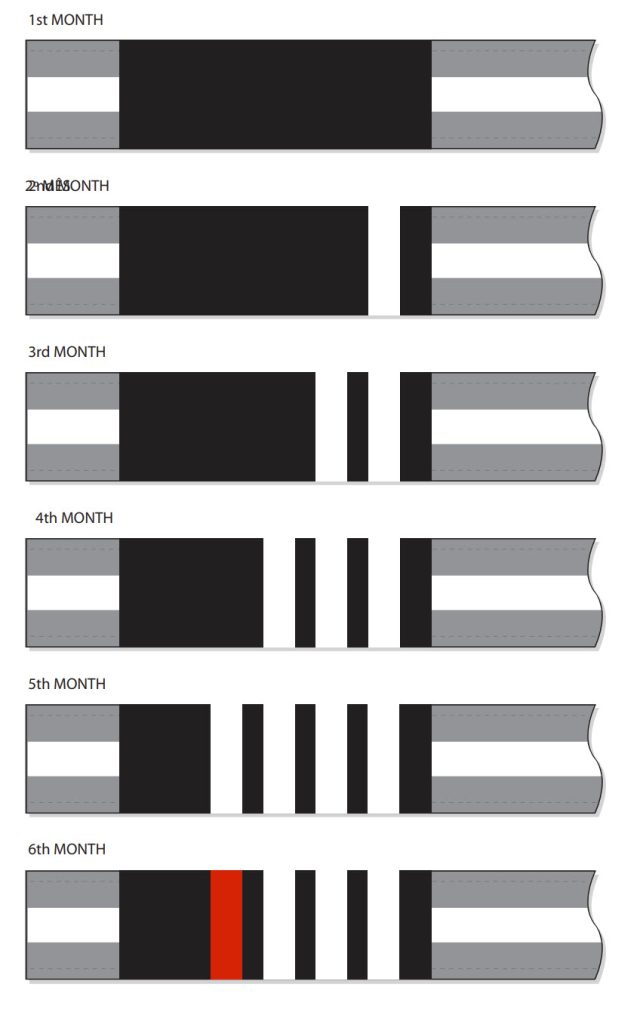
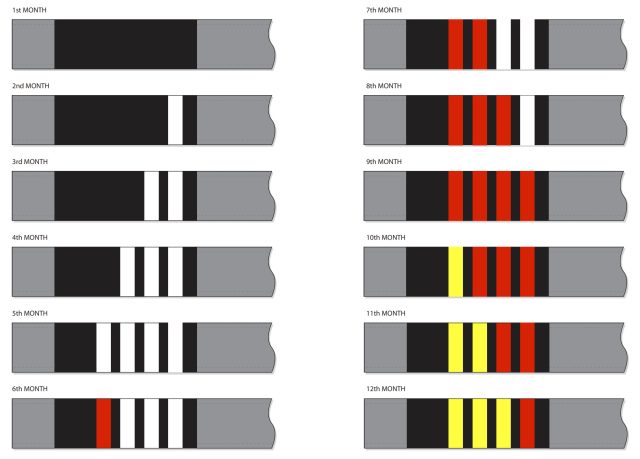
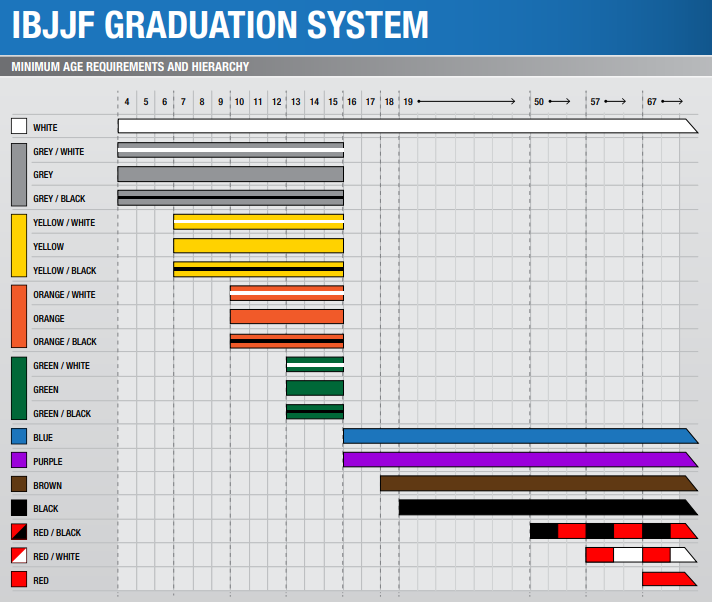
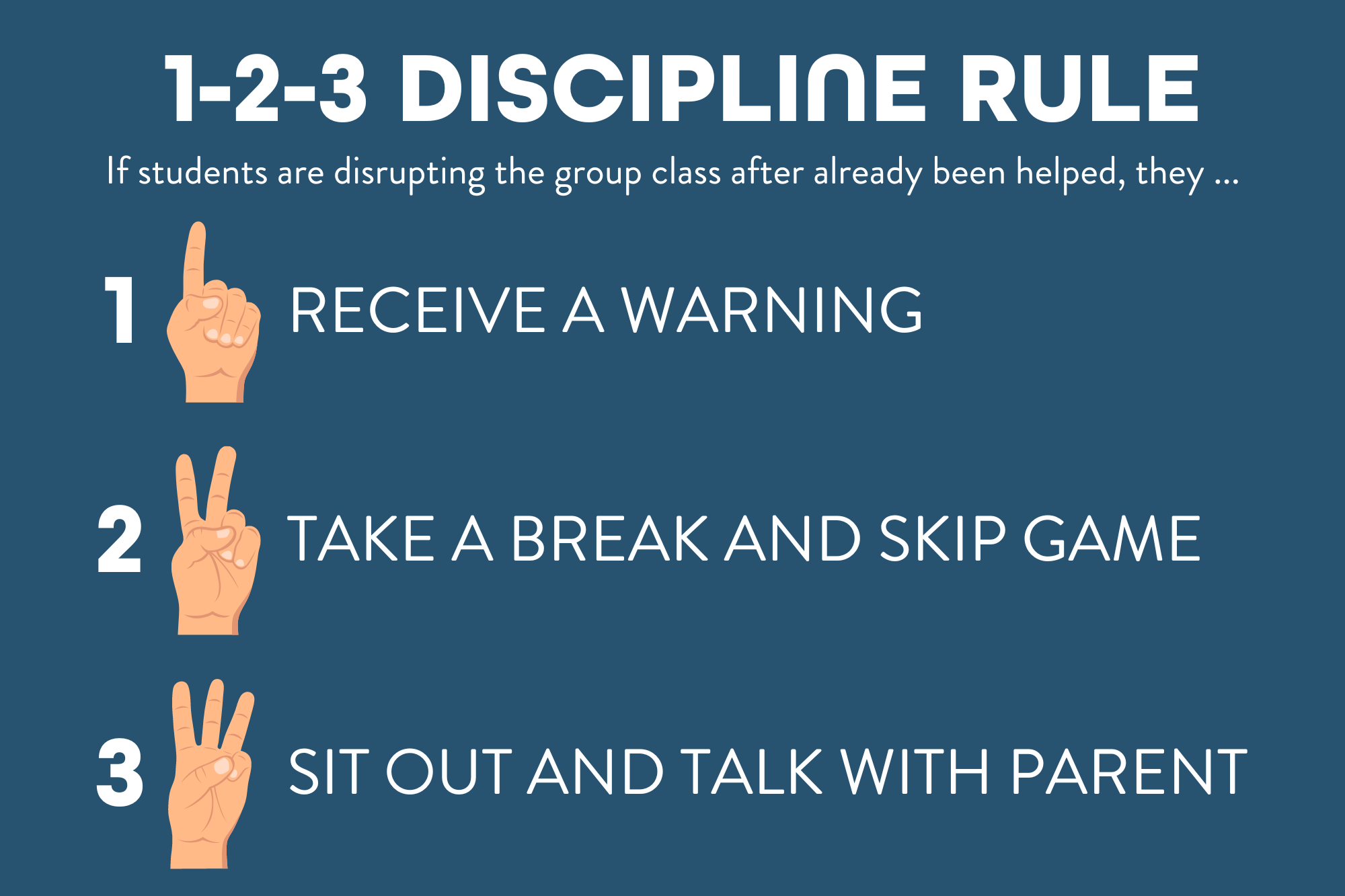
Gi uniform
- How to tie the Jiu-Jitu belt?
- Why is the Jiu-Jitsu Gi uniform needed?
- How do I wash the Gi uniform?
Please watch our video tutorial and practice at home.
The reasons to wear the Jiu-Jitsu Gi are:
- Hygiene
- Functional
- Many techniques rely on the Gi and it also helps to slow down movements which facilitate learning.
- Team spirit
Parent guide
- How to be a supportive Jiu-Jitsu parent?
- What if my child wants to quit?
- What if my child missed a class?
Parents have an important role in their children’s progress. Here are the 5 best practices we recommend our parents:
- Set them up for success
- Ensure your child gets enough rest
- Arrive for class a little early when possible
- Be enthusiastic and encouraging
- Stay on the side during class
- Avoid staring or calling out to your child
- Refrain from coaching your child during or after class.
- Stay in the waiting area unless invited onto the mat.
- Be your child’s #1 supporter
- Focus on what they do right
- Initiate discussion on the way home about class and how they feel
- Jiu-Jitsu is hard. Tell them often how proud you are.
- Talk to us
- Frequently share with us any feedback directly or online
- Discuss with us as early as possible if you see that your child is losing motivation
- Bring them to class consistently
- Continuous effort is key to unlocking potential.
This is an excellent guide for parents
Jiu-Jitsu is not easy. It is physically, mentally, and emotionally demanding. Few students may show signs they want to quit before their first belt promotion which is in 6 to 12 months. If your child has lost motivation, please reach out so we can discuss potential options. Sometimes it doesn’t take much to build back a student’s interest. A simple discussion can uncover why the student is no longer having fun. Making small adjustments in their next classes, attending other classes, or doing a private class can put your child back on track.
Cancel ahead (4 hours prior to class) on Zenplanner in order to book a make-up class within the same week, or reach out as early as possible for us to help you book it this week or the following week.
